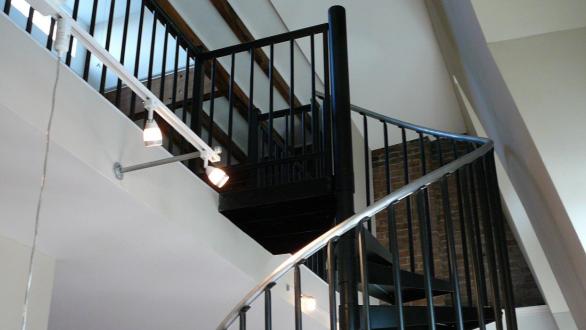Coliving has become a growing trend in real estate, as more renters and homeowners look for roommates to help better afford their home.
In coliving buildings, tenants often lease a tiny room within a larger apartment and then share common spaces, like living rooms and kitchens, with strangers.
“Coliving’s institutional moment is now upon us,” Chris Bledsoe, co-founder and chief executive of Ollie, a developer of coliving spaces.
Developers are betting big that coliving will grow even bigger too. They’re currently building some of the largest new coliving properties in North America. For example, Starcity, a coliving startup in San Francisco, purchased a development in San Jose to build a 750-unit coliving building, and other plans are active for coliving units throughout the area. Another developer called The Collective plans to build a more than 500-unit new coliving building in Brooklyn.
Developers began experimenting with the idea of coliving on a smaller scale about a decade ago by retrofitting existing buildings. But the rooms were often tiny in the retrofits, and as consumers show a greater appetite for coliving, they’re pushing beyond retrofits. Builders are now starting more new projects that are built specifically for coliving.
"Making it affordable to have an urban apartment will trigger demand," Jay Parsons, a vice president at RealPage, told The Wall Street Journal.
For example, in pricey markets like San Francisco, renters may be able to get a coliving space for $1,600 to $3,100 a month, which, while not cheap, is less than an average studio apartment’s rent in the Bay Area.
Source:
“Tiny Rooms, Shared Kitchens: Co-Living on the Rise in Big Cities,” The Wall Street Journal (Oct. 16, 2018) [Log-in required.]













